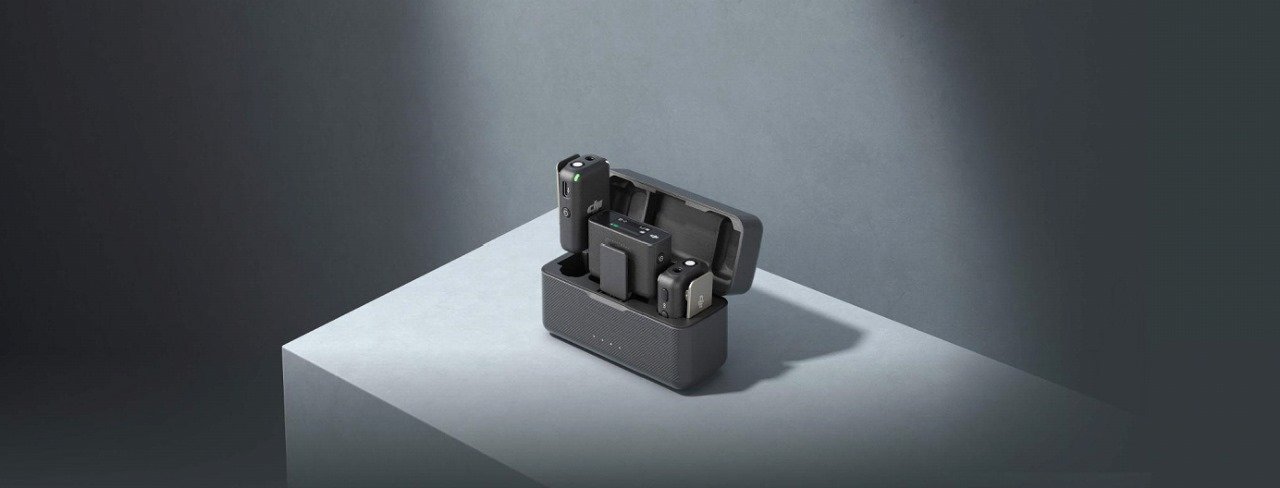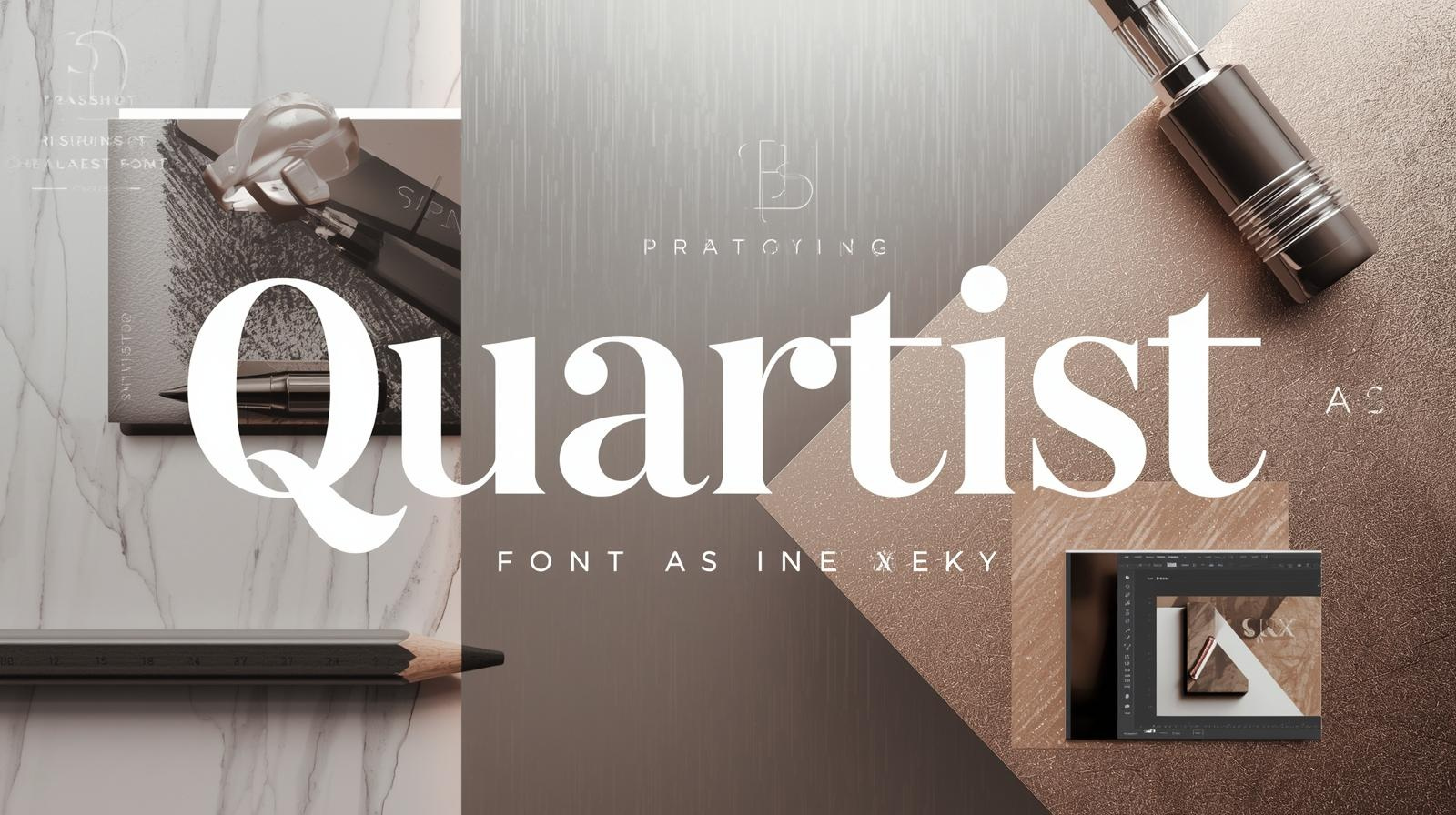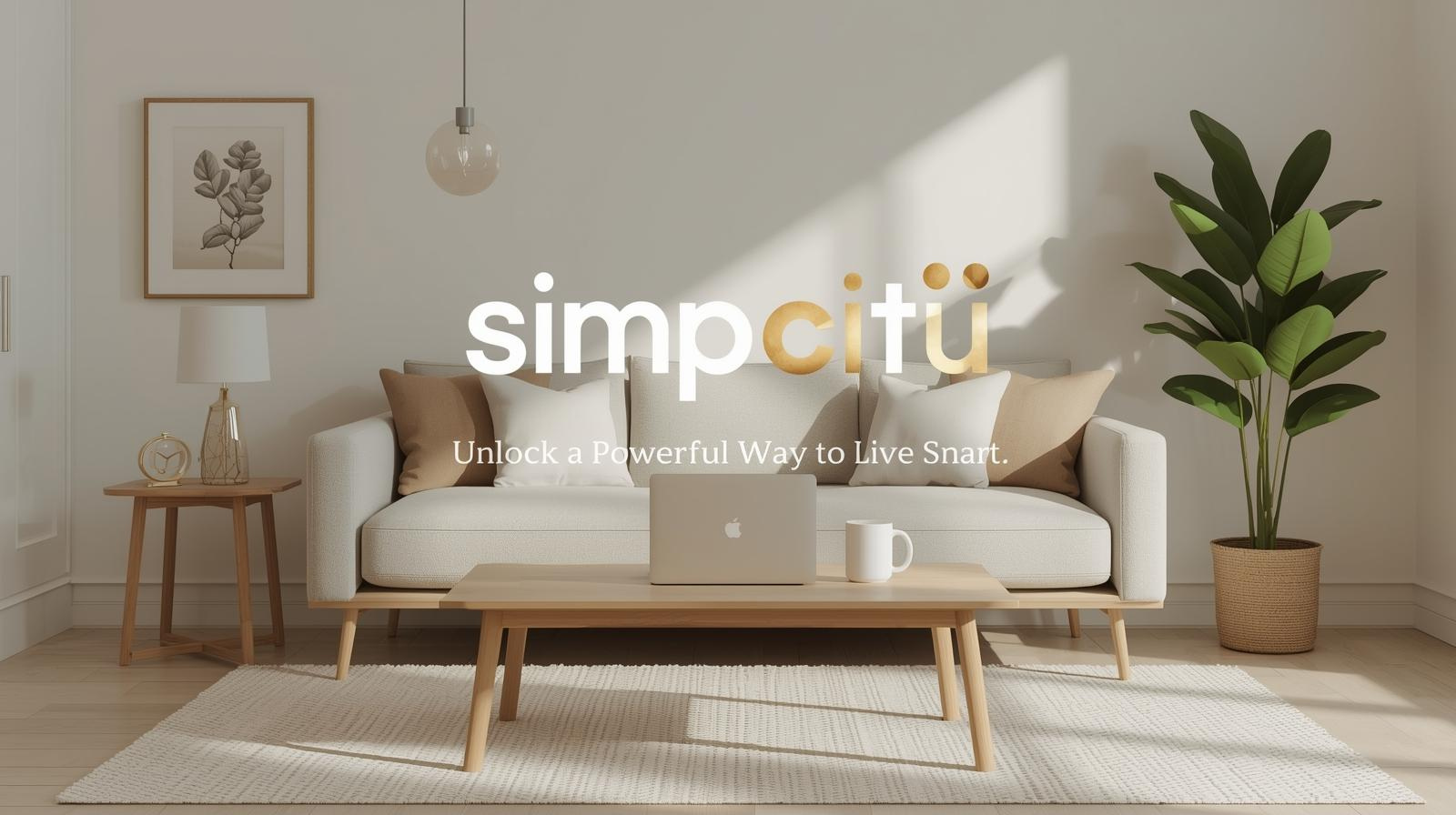The fashion industry is no longer limited to in-store fitting rooms. With virtual try on clothes technology, shoppers can now experiment with outfits from their smartphones or desktops. This technology blends AI clothing generators, AR try-on apps, and AI product photography to create a personalized shopping journey.
Why does this matter? Because e-commerce struggles with returns, customer trust, and lack of personalization. According to Statista, over 30% of online fashion purchases are returned, mostly due to poor fit. By enabling consumers to try on clothes virtually, brands can increase conversion rates by 20% and reduce returns by 25%.
Retailers already deploying this technology include Zara, Gucci, and Sephora, all of which offer some form of AI clothing try on apps to boost buyer confidence. For businesses exploring practical tools, SellerPic offers a robust Virtual Try-On tool that enables seamless integration for e-commerce stores.
Defining Virtual Try-On Technology
At its core, virtual try-on technology uses computer vision, AI clothing generators, and AR overlays to map clothing digitally onto human bodies.
- Computer Vision & Body Segmentation: Maps the human body to ensure garments fit accurately.
- Garment Simulation: Predicts how fabrics drape and move under lighting conditions.
- AI Outfit Generator: Creates endless digital clothing variations for customers to preview.
- AI Suit Photo Generator: Helps formal wear brands allow users to preview blazers, tuxedos, and suits digitally.
This turns e-commerce into a virtual fitting room, making digital shopping as immersive as trying clothes in-store. Importantly, it also improves inclusivity, as AI model swap features let users view clothes across different body types, ages, and ethnicities.
The Core Technologies Behind AI Clothing Try-On
Virtual try-on relies on a tech stack of AI and AR innovations:
- AR/VR Frameworks – Apple ARKit, Google ARCore, and WebAR enable immersive AR previews.
- AI Product Photography – Generates professional-quality product imagery optimized for try-ons.
- AI Model Swap – Brands can present clothes on diverse AI fashion models without reshoots.
- Physics Engines – Ensure realism in fabrics (e.g., silk flows differently than denim).
- AI Creative Studio – Combines tools like AI clothing generators and AI photo generators for digital-first fashion creation.
Retailers enhancing personalization also integrate Virtual Try-On Accessories, allowing customers to preview eyewear, handbags, and jewelry with the same realism.
How Virtual Try-On Is Changing Consumer Shopping Behavior
Boosting Confidence and Reducing Returns
AI clothing try on apps are proven to lower return rates by enabling shoppers to preview clothes before purchase. According to Shopify data, virtual outfit try-on solutions reduce return rates by 20–25%, a game-changer for e-commerce profitability.
Creating Personalized Shopping Journeys
With AI dress generators and AI outfit generators, buyers can preview clothing on their skin tone, body type, or even virtually swap outfits in seconds. This fosters deeper engagement and tailored shopping experiences.
Driving Social Commerce and Influencer Marketing
Influencers and brands are increasingly using AI generated fashion models for content creation. TikTok and Instagram campaigns featuring AI product photography and model swaps scale faster and at lower costs.
Which Industries Benefit the Most from Virtual Try-On?
Fashion & Apparel
Mainstream fashion retailers report higher conversions and fewer returns when using clothing virtual try on apps. Zara, for instance, integrates AR displays in stores to complement digital try-ons.
Footwear & Accessories
Sneaker brands like Nike let customers preview shoes in 3D, while eyewear retailers leverage virtual try-on apps to simulate glasses fitting.
Beauty & Cosmetics
Sephora and L’Oréal use AI clothing generators alongside makeup try-ons, allowing customers to test lipsticks, foundations, and hair shades virtually.
Luxury Fashion & Jewelry
Brands like Gucci and Cartier use AI suit photo generators and model swap tools to showcase jewelry and accessories without costly photo shoots.
Beyond fashion, interactive marketing campaigns are becoming popular with tools like Image-to-Video AI, which transforms static photos into engaging, lifelike product videos.
The Technology Powering Virtual Try-On
- AR & VR: Seamless cross-device functionality through ARKit, ARCore, and WebAR.
- AI Model Swap: Ensures inclusivity across demographics without reshooting.
- AI Creative Studio: Provides a hub for AI photo generators, AI outfit creators, and AI product photography—redefining content production.
Challenges and Risks of Virtual Try-On in Fashion
- Accuracy Issues: Texture rendering for fabrics like velvet or silk remains challenging.
- Data Privacy: Biometric data collection requires compliance with GDPR/CCPA.
- Transparency: Platforms will soon require clear labeling of AI generated fashion models to maintain authenticity.
What Does the Future Hold for Virtual Try-On by 2030?
By 2030, virtual try-on technology will be fully mainstream:
- Universal Adoption: 90% of fashion retailers will integrate AI clothing try-on solutions.
- Metaverse & AR Glasses: Apple Vision Pro and Meta Horizon Worlds will make AI outfit generators part of immersive fashion shows.
- AI Fashion Design: Tools like AI clothing generators will power digital-first collections.
- AI Models & Influencers: Entire campaigns will be fronted by AI fashion models for scale and cost savings.
Conclusion
The evolution of virtual try-on clothes technology is transforming fashion at every stage of the consumer journey. By blending AI clothing generators, AI product photography, and AI outfit generators with AR and VR, retailers are offering immersive, personalized experiences.
Brands like Zara, Gucci, Nike, and Sephora demonstrate that virtual outfit try-ons are not only about convenience but also about driving trust, inclusivity, and higher conversions. The future is clear: those who embrace AI clothing try-on tools, AI model swaps, and virtual try-on accessories today will dominate the competitive fashion landscape of tomorrow.
FAQs
What is virtual try on clothes?
Virtual try on clothes apps combine AI product photography, garment simulation, and AR overlays to let users try clothes on virtually.
Does virtual try-on reduce returns?
AI clothing try on technology reduces returns by improving fit accuracy, making it especially useful for fashion e-commerce.
Which fashion brands use AI try on clothes?
Brands like Zara (AR fitting rooms), Gucci (digital sneakers), and Nike (footwear try-on) lead adoption.
Is AI outfit generator the same as virtual try-on?
AI outfit generators build clothing combinations, while virtual try-on simulates them on models or customers.
What is the future of virtual outfit try on?
By 2030, clothing virtual try on apps will merge with metaverse platforms, AR glasses, and AI fashion design to redefine shopping.




